4.28 Learning How to Analyze Your Swing
How to begin making REAL progress with your swing. New analysis tool coming soon!
The simplest answer, you have to look at it on video, and most people don't.
So I'm going to show you what to look at, but I'm going to show you a very unique way to look at it that you're going to be able to use in the future here.
So as you watch this golfer swing, what tends to stick out to you?
Now probably not a whole lot.
I'm going to play it a couple times at full speed, and I want you.
It is not full speed all right now.
What do you notice now?
Obviously, the golfer doesn't have a lot of speed, right these?
You're probably gonna catch on to a couple things really quick.
But what I want to see is, what do you really see?
Because most people don't know what to look for in their golf swing, and it's hard to know if you don't have the right tools.
Let me show you what I mean.
So now let's go to this view and watch the difference now.
So now what I've done is I've built my own software that allows me to analyze the golf swing in a very, very unique way that makes all of this stuff very simple to understand.
So now you're going to see that the golfer, His skeleton here is in orange.
And the Goat model that is based on what I think, theoretically, the ideal golfer's swing would be based on the GOAT code.
And just for reference, Tiger scores like a 97.
8.
So he's very close to the ideal model.
Ben Hogan scores very well.
Rory McIlroy scores very well.
But Chris, my friend here, he only scores about a 50.
And so you're going to see why.
So at first at setup, you can see that the green skeleton is way more into the lead side and his shoulders are a lot flatter at setup.
So you can see that Chris has his shoulder pretty elevated here, and that's going to cause him to tend to push the club away, and you're going to see that his head is going to move up and back.
Now you can see that the theoretical model, his head's actually more forward, much closer to the target, and his head's actually a little bit higher.
Now this is going to be very important in a minute, because as we start going back, You can see how Chris being too far into his right side at setup, which I see all the time.
And then that high left shoulder pushes the club back with his left arm.
So his shoulders turn really flat.
So now you can see just how flat his shoulder line is here compared to the green on the right.
And you'll see now that continues.
His shoulders are super, super flat and so now his head has lifted a ton.
So now you remember, at the beginning of the swing, his head, these little dot markers on his face were much lower than the model swing.
And now the model's swing, the face is much, much lower, and he's way more into his left side than Chris is here.
So now you're going to start to see everything start to really reveal itself.
Because now as we come down into impact, the biggest things you're going to see is that one, the lead leg is much more vertical and the hip is shifted a couple inches further to the left.
And now notice just how much lower the model's face markers are compared to Chris's.
He's actually early extended and stood up.
He's done this because he's only using his arms to swing the club.
He's not using his hips to create rotation or lateral movement.
Like I've talked about, especially in the whip video where I'm talking about how that left hip has to push back.
It's got to pull you forward.
The left hip, the lead hip has to do a lot of work to get the golfer moving correctly.
But you can see when you just use your arms and try to push off your right side, like is happening here, you can see he's very flat footed at impact and he's not going to be able to generate any power.
His pelvis is not doing all the work that it needs to.
It's not really doing any of the work that it needs to.
And that is critical in terms of getting your body to sequence correctly.
So you'll see now the model and Chris are starting to catch up to each a little bit more, but the face markers are still way lower until all the way into the follow through.
So the model swing, the head goes down dynamically during the downswing.
You can see those face markers drop a ton there.
And then you're going to see again, just how much further closer to the target, the theoretical perfect golf swing is.
You can see that the pelvis is shifted much closer to the target and the chest is further behind the pelvis, laid into the downswing.
And this just shows that the golfer is using his hips and core to swing correctly versus firing everything with your arms and hands.
So soon I'm going to make this tool available to you guys, everybody, all members, so that you can start to feel what it feels like and see what it feels like to move like the greatest golfers of all time.
La réponse la plus simple est que vous devez le regarder en vidéo, et la plupart des gens ne le font pas.
Je vais donc vous montrer ce qu'il faut regarder, mais je vais vous montrer une manière très unique de le regarder que vous pourrez utiliser à l'avenir ici.
Alors, lorsque vous regardez ce golfeur effectuer son swing, qu'est-ce qui vous frappe le plus ?
Maintenant, probablement pas grand-chose.
Je vais le jouer quelques fois à pleine vitesse, et je te veux.
Ce n'est pas encore à pleine vitesse.
Que remarquez-vous maintenant ?
De toute évidence, le golfeur n'a pas beaucoup de vitesse, n'est-ce pas ?
Vous allez probablement comprendre certaines choses très rapidement.
Mais ce que je veux voir, c'est : que voyez-vous vraiment ?
Parce que la plupart des gens ne savent pas quoi rechercher dans leur swing de golf, et il est difficile de le savoir si vous n'avez pas les bons outils.
Laissez-moi vous montrer ce que je veux dire.
Alors maintenant, allons vers cette vue et observons la différence maintenant.
Donc maintenant, ce que j'ai fait, c'est que j'ai créé mon propre logiciel qui me permet d'analyser le swing de golf d'une manière très, très unique qui rend tout cela très simple à comprendre.
Alors maintenant vous allez voir que le golfeur, son squelette ici est en orange.
Et le modèle Goat qui est basé sur ce que je pense, théoriquement, le swing idéal du golfeur serait basé sur le code GOAT.
Et juste pour référence, Tiger obtient un score d'environ 97.
8.
Il est donc très proche du modèle idéal.
Ben Hogan marque très bien.
Rory McIlroy marque très bien.
Mais Chris, mon ami ici, n'obtient qu'environ 50.
Et vous allez donc voir pourquoi.
Donc, au début, lors de l'installation, vous pouvez voir que le squelette vert est beaucoup plus orienté vers le côté principal et ses épaules sont beaucoup plus plates lors de l'installation.
Vous pouvez donc voir que Chris a son épaule assez surélevée ici, ce qui va l'amener à avoir tendance à repousser le club, et vous allez voir que sa tête va bouger vers le haut et vers l'arrière.
Vous pouvez maintenant voir que dans le modèle théorique, sa tête est en fait plus en avant, beaucoup plus proche de la cible, et sa tête est en fait un peu plus haute.
Maintenant, cela va être très important dans une minute, car lorsque nous commençons à revenir en arrière, vous pouvez voir comment Chris est trop loin sur son côté droit lors de la configuration, ce que je vois tout le temps.
Et puis cette épaule gauche haute pousse le club vers l'arrière avec son bras gauche.
Alors ses épaules deviennent vraiment plates.
Vous pouvez donc maintenant voir à quel point sa ligne d'épaule est plate par rapport au vert à droite.
Et vous verrez maintenant que cela continue.
Ses épaules sont super, super plates et maintenant sa tête s'est beaucoup levée.
Alors maintenant, vous vous souvenez, au début du swing, sa tête, ces petits marqueurs de points sur son visage étaient beaucoup plus bas que le swing du modèle.
Et maintenant, le swing du modèle, le visage est beaucoup, beaucoup plus bas, et il est bien plus sur son côté gauche que Chris ici.
Alors maintenant, vous allez commencer à voir tout se révéler réellement.
Parce que maintenant que nous entrons dans l'impact, la chose la plus importante que vous allez voir est que la jambe avant est beaucoup plus verticale et la hanche est décalée de quelques centimètres plus vers la gauche.
Et maintenant, remarquez à quel point les marqueurs du visage du modèle sont plus bas que ceux de Chris.
En fait, il s'est étendu et s'est levé tôt.
Il a fait cela parce qu'il utilise uniquement ses bras pour balancer le club.
Il n'utilise pas ses hanches pour créer une rotation ou un mouvement latéral.
Comme je l'ai dit, en particulier dans la vidéo du fouet où je parle de la façon dont cette hanche gauche doit pousser vers l'arrière.
Cela doit vous tirer vers l’avant.
La hanche gauche, la hanche avant, doit faire beaucoup de travail pour que le golfeur puisse se déplacer correctement.
Mais vous pouvez voir que lorsque vous utilisez simplement vos bras et essayez de pousser sur votre côté droit, comme cela se produit ici, vous pouvez voir qu'il est très plat au moment de l'impact et qu'il ne sera pas en mesure de générer de la puissance.
Son bassin ne fait pas tout le travail qu’il devrait.
Il ne fait pas vraiment le travail qu’il devrait faire.
Et c’est essentiel pour que votre corps effectue correctement la séquence.
Vous verrez donc maintenant que le modèle et Chris commencent à se rattraper un peu plus, mais les marqueurs du visage sont toujours bien plus bas jusqu'au bout du suivi.
Donc le modèle swing, la tête descend dynamiquement pendant le downswing.
Vous pouvez voir ces marqueurs de visage tomber une tonne là-bas.
Et puis vous verrez à nouveau à quel point le swing de golf théoriquement parfait est plus proche de la cible.
Vous pouvez voir que le bassin est déplacé beaucoup plus près de la cible et que la poitrine est plus loin derrière le bassin, allongée dans le downswing.
Et cela montre simplement que le golfeur utilise ses hanches et son tronc pour balancer correctement au lieu de tout tirer avec ses bras et ses mains.
Bientôt, je vais mettre cet outil à votre disposition, à tous, à tous les membres, afin que vous puissiez commencer à ressentir ce que cela fait et voir ce que cela fait de bouger comme les plus grands golfeurs de tous les temps.
La respuesta más sencilla es verlo en vídeo, y la mayoría de la gente no lo hace.
Así que les voy a mostrar qué mirar, pero les voy a mostrar una forma muy única de verlo que podrán usar en el futuro aquí.
Entonces, cuando observas el swing de este golfista, ¿qué es lo que tiende a llamar tu atención?
Ahora bien, probablemente no mucho.
Voy a tocarlo un par de veces a toda velocidad y te quiero.
No va a toda velocidad en este momento.
¿Qué observas ahora?
Obviamente el golfista no tiene mucha velocidad, ¿verdad?
Probablemente te darás cuenta de un par de cosas muy rápido.
Pero lo que quiero ver es ¿qué es lo que realmente ves?
Porque la mayoría de las personas no saben qué buscar en su swing de golf, y es difícil saberlo si no tienes las herramientas adecuadas.
Déjame mostrarte lo que quiero decir.
Ahora vayamos a esta vista y observemos la diferencia.
Así que ahora lo que he hecho es crear mi propio software que me permite analizar el swing de golf de una forma muy, muy única, que hace que todo esto sea muy fácil de entender.
Ahora verán que el golfista, su esqueleto aquí, es de color naranja.
Y el modelo Goat, en el que creo que teóricamente el swing del golfista ideal se basaría, se basaría en el código GOAT.
Y sólo como referencia, Tiger obtiene un puntaje de 97.
8.
Así que está muy cerca del modelo ideal.
Ben Hogan tiene muy buena puntuación.
Rory McIlroy tiene muy buena puntuación.
Pero Chris, mi amigo aquí, sólo obtiene un puntaje de 50.
Y entonces verás por qué.
Entonces, en la primera configuración, puedes ver que el esqueleto verde está mucho más en el lado delantero y sus hombros están mucho más planos en la configuración.
Entonces, puedes ver que Chris tiene su hombro bastante elevado aquí, y eso hará que tienda a empujar el palo hacia afuera, y verás que su cabeza se moverá hacia arriba y hacia atrás.
Ahora puedes ver que en el modelo teórico, su cabeza está en realidad más adelante, mucho más cerca del objetivo, y su cabeza está en realidad un poco más alta.
Ahora bien, esto va a ser muy importante en un minuto, porque a medida que comenzamos a retroceder, pueden ver cómo Chris está demasiado hacia su lado derecho en la configuración, lo cual veo todo el tiempo.
Y luego ese hombro izquierdo alto empuja el palo hacia atrás con su brazo izquierdo.
Entonces sus hombros se vuelven realmente planos.
Ahora puedes ver cuán plana es su línea de hombros aquí en comparación con el verde de la derecha.
Y ya veréis que esto continúa.
Sus hombros están súper, súper planos y ahora su cabeza se ha levantado muchísimo.
Así que ahora recuerdas, al comienzo del swing, su cabeza, estos pequeños marcadores de puntos en su cara estaban mucho más abajo que el modelo de swing.
Y ahora el modelo se balancea, la cara está mucho, mucho más abajo, y está mucho más hacia su lado izquierdo que Chris aquí.
Así que ahora vas a empezar a ver que todo empieza a revelarse realmente.
Porque ahora, cuando llegamos al impacto, lo más importante que vas a ver es que, primero, la pierna delantera está mucho más vertical y la cadera se desplaza un par de pulgadas más hacia la izquierda.
Y ahora observe cuánto más abajo están los marcadores faciales de la modelo en comparación con los de Chris.
En realidad, se extendió temprano y se puso de pie.
Lo hizo porque sólo usa los brazos para balancear el palo.
No está usando sus caderas para crear rotación o movimiento lateral.
Como he hablado, especialmente en el video del látigo donde hablo de cómo la cadera izquierda tiene que empujar hacia atrás.
Tiene que impulsarte hacia adelante.
La cadera izquierda, la cadera delantera, tiene que trabajar mucho para que el golfista se mueva correctamente.
Pero puedes ver cuando simplemente usas tus brazos e intentas empujar con tu lado derecho, como sucede aquí, puedes ver que tiene los pies muy planos en el impacto y no podrá generar ninguna potencia.
Su pelvis no está haciendo todo el trabajo que debería.
En realidad no está haciendo nada del trabajo que debería hacer.
Y eso es fundamental para que tu cuerpo realice la secuencia correcta.
Entonces verán ahora que el modelo y Chris están comenzando a alcanzarse un poco más, pero los marcadores faciales todavía están mucho más abajo hasta el final del seguimiento.
Entonces, durante el swing del modelo, la cabeza baja dinámicamente.
Puedes ver cómo esos marcadores faciales caen un montón allí.
Y luego verás de nuevo cuánto más cerca del objetivo está el swing de golf teórico perfecto.
Se puede ver que la pelvis se desplaza mucho más cerca del objetivo y el pecho está más atrás de la pelvis, orientado hacia el downswing.
Y esto demuestra que el golfista está usando sus caderas y su centro para hacer el swing correctamente, en lugar de utilizar todo con los brazos y las manos.
Muy pronto voy a poner esta herramienta a disposición de todos ustedes, de todos los miembros, para que puedan comenzar a sentir lo que se siente y ver lo que se siente moverse como los mejores golfistas de todos los tiempos.
Die einfachste Antwort: Sie müssen es sich auf Video ansehen, und die meisten Leute tun das nicht.
Ich werde Ihnen also zeigen, worauf Sie achten müssen, aber ich werde Ihnen eine ganz besondere Art der Betrachtung zeigen, die Sie hier in Zukunft verwenden können.
Was fällt Ihnen also auf, wenn Sie den Schwung dieses Golfers beobachten?
Wahrscheinlich nicht viel.
Ich werde es ein paar Mal mit voller Geschwindigkeit spielen und ich will dich.
Im Moment läuft es nicht auf Hochtouren.
Was fällt Ihnen jetzt auf?
Offensichtlich ist der Golfer nicht sehr schnell, oder?
Ein paar Dinge werden Ihnen wahrscheinlich sehr schnell auffallen.
Aber was ich sehen möchte, ist: Was sehen Sie wirklich?
Denn die meisten Leute wissen nicht, worauf sie bei ihrem Golfschwung achten müssen, und ohne die richtigen Werkzeuge ist das schwer zu erkennen.
Lassen Sie mich Ihnen zeigen, was ich meine.
Gehen wir jetzt zu dieser Ansicht und sehen uns den Unterschied an.
Ich habe also meine eigene Software entwickelt, mit der ich den Golfschwung auf eine ganz besondere Art und Weise analysieren kann, die das ganze Zeug sehr einfach verständlich macht.
Sie werden jetzt sehen, dass das Skelett des Golfers orange ist.
Und das Goat-Modell basiert auf dem, was meiner Meinung nach theoretisch der ideale Schwung eines Golfers auf dem GOAT-Code basieren würde.
Und nur als Referenz: Tiger erreicht eine Punktzahl von etwa 97.
8.
Damit kommt er dem Idealmodell sehr nahe.
Ben Hogan punktet sehr gut.
Rory McIlroy punktet sehr gut.
Aber Chris, mein Freund hier, erreicht nur etwa 50 Punkte.
Und Sie werden sehen, warum.
Beim ersten Aufstellen können Sie also sehen, dass das grüne Skelett viel mehr auf der Führungsseite liegt und seine Schultern beim Aufstellen viel flacher sind.
Sie können also sehen, dass Chris seine Schulter hier ziemlich hoch hält, und das wird dazu führen, dass er dazu neigt, den Schläger wegzustoßen, und Sie werden sehen, dass sich sein Kopf nach oben und hinten bewegt.
Jetzt können Sie sehen, dass sein Kopf im theoretischen Modell tatsächlich weiter vorne liegt, viel näher am Ziel, und sein Kopf tatsächlich ein bisschen höher ist.
Das wird gleich sehr wichtig sein, denn wenn wir zurückgehen, können Sie sehen, dass Chris beim Aufstellen zu weit auf seiner rechten Seite ist, was ich ständig beobachte.
Und dann drückt die hohe linke Schulter den Schläger mit seinem linken Arm nach hinten.
Dadurch werden seine Schultern ganz flach.
Jetzt können Sie sehen, wie flach seine Schulterlinie hier im Vergleich zum Grün auf der rechten Seite ist.
Und Sie werden sehen, dass es so weitergeht.
Seine Schultern sind super, super flach und sein Kopf hat sich jetzt um einiges gehoben.
Sie erinnern sich also, dass zu Beginn des Schwungs sein Kopf, diese kleinen Punktmarkierungen auf seinem Gesicht, viel niedriger waren als beim Modellschwung.
Und jetzt der Schwung des Models, das Gesicht ist viel, viel niedriger und er ist viel mehr auf der linken Seite als Chris hier.
Jetzt werden Sie sehen, wie sich alles wirklich offenbart.
Denn wenn wir jetzt zum Aufprall kommen, werden Sie vor allem Folgendes bemerken: Erstens ist das vordere Bein viel vertikaler und die Hüfte ist ein paar Zentimeter weiter nach links verschoben.
Und jetzt beachten Sie, wie viel niedriger die Gesichtsmarkierungen des Modells im Vergleich zu denen von Chris sind.
Er ist tatsächlich früh ausgestreckt und aufgestanden.
Er hat dies getan, weil er zum Schwingen des Schlägers nur seine Arme verwendet.
Er verwendet seine Hüften nicht, um eine Rotation oder seitliche Bewegung zu erzeugen.
Wie ich bereits erwähnt habe, insbesondere im Peitschenvideo, in dem ich darüber spreche, wie die linke Hüfte nach hinten drücken muss.
Es muss dich nach vorne ziehen.
Die linke Hüfte, die Führungshüfte, muss viel Arbeit leisten, um den Golfer in die richtige Bewegung zu bringen.
Aber wenn Sie nur Ihre Arme verwenden und versuchen, sich mit der rechten Seite abzustoßen, wie es hier geschieht, können Sie sehen, dass er beim Aufprall mit sehr flachen Füßen steht und keine Kraft erzeugen kann.
Sein Becken leistet nicht die erforderliche Arbeit.
Es erledigt nicht wirklich die Arbeit, die es erledigen müsste.
Und das ist entscheidend, damit Ihr Körper die richtige Sequenz einhält.
Sie sehen jetzt, dass das Model und Chris beginnen, etwas mehr zueinander aufzuschließen, aber die Gesichtsmarkierungen sind bis zum Durchschwung noch immer viel niedriger.
Beim Modellschwung geht der Kopf beim Abschwung also dynamisch nach unten.
Sie können sehen, dass die Gesichtsmarkierungen dort stark nachlassen.
Und dann werden Sie wieder sehen, wie viel näher der theoretisch perfekte Golfschwung am Ziel ist.
Man sieht, dass das Becken viel näher zum Ziel verlagert ist und die Brust weiter hinter dem Becken liegt, in den Abschwung hineingelegt.
Und das zeigt einfach, dass der Golfer seine Hüften und seinen Rumpf für den richtigen Schwung einsetzt, anstatt alles mit Armen und Händen zu machen.
Ich werde dieses Tool also bald euch allen, allen Mitgliedern, zur Verfügung stellen, damit ihr anfangen könnt zu spüren, wie es sich anfühlt, und zu sehen, wie es sich anfühlt, sich wie die größten Golfer aller Zeiten zu bewegen.
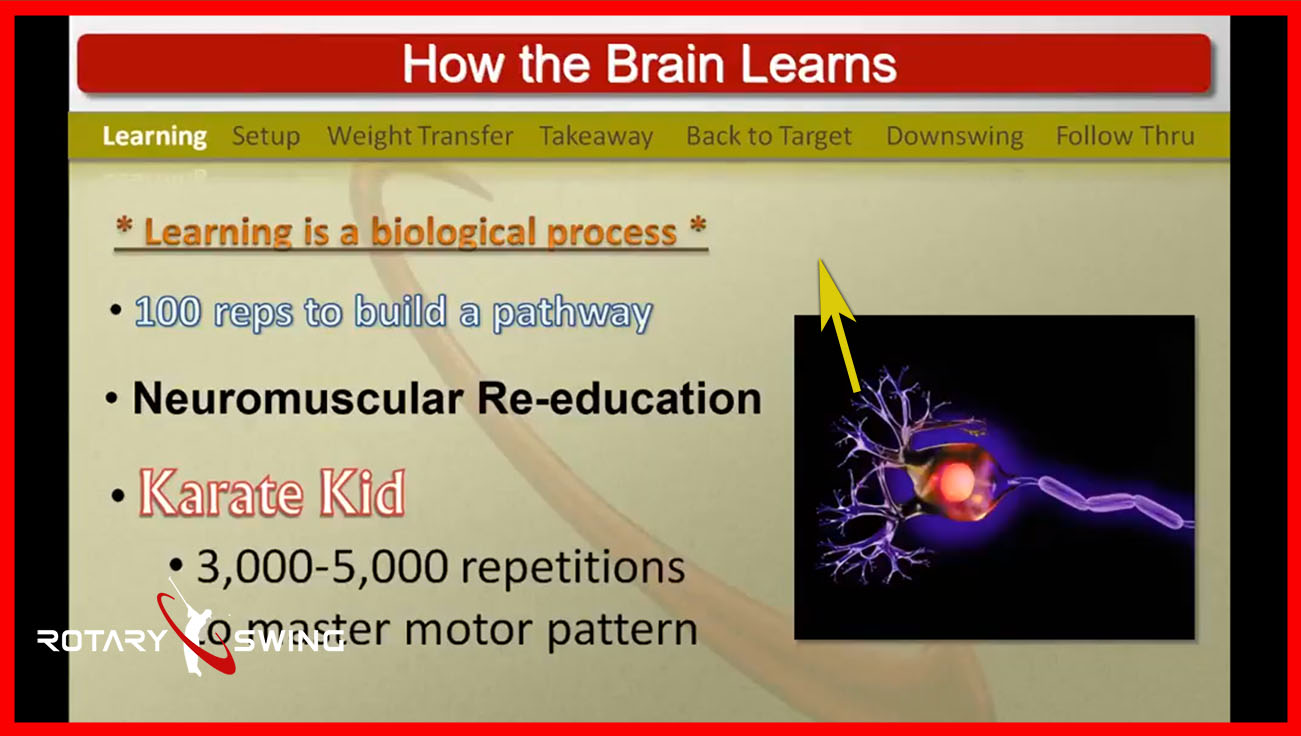
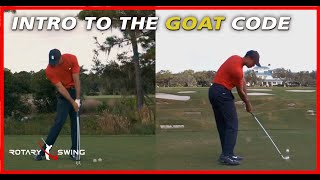
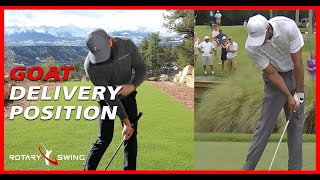
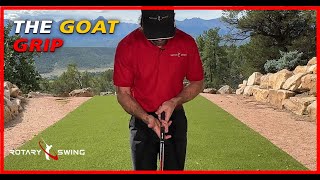
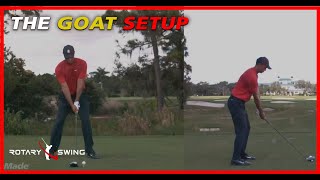
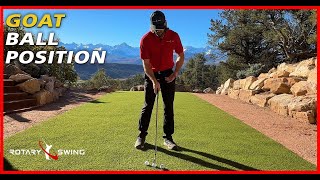
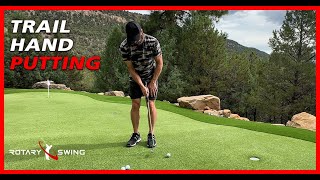

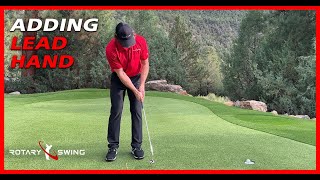


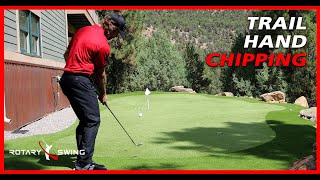
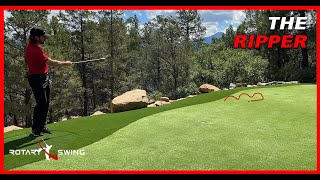
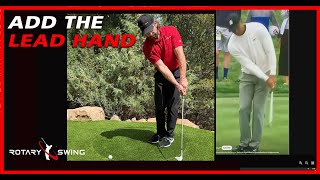


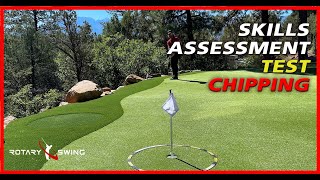
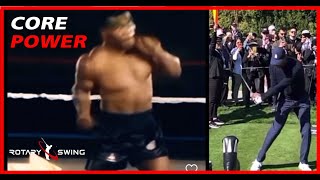
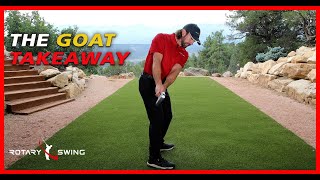
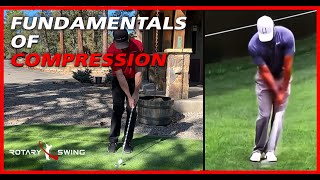
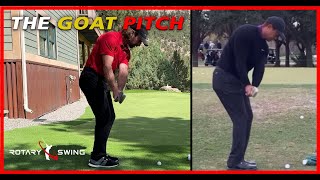



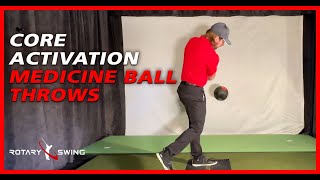
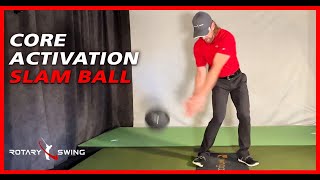


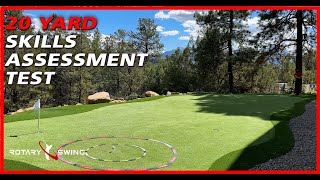
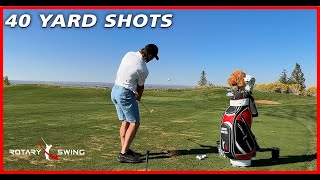
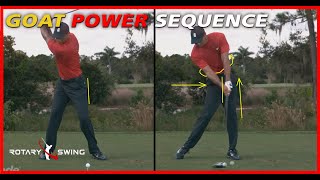
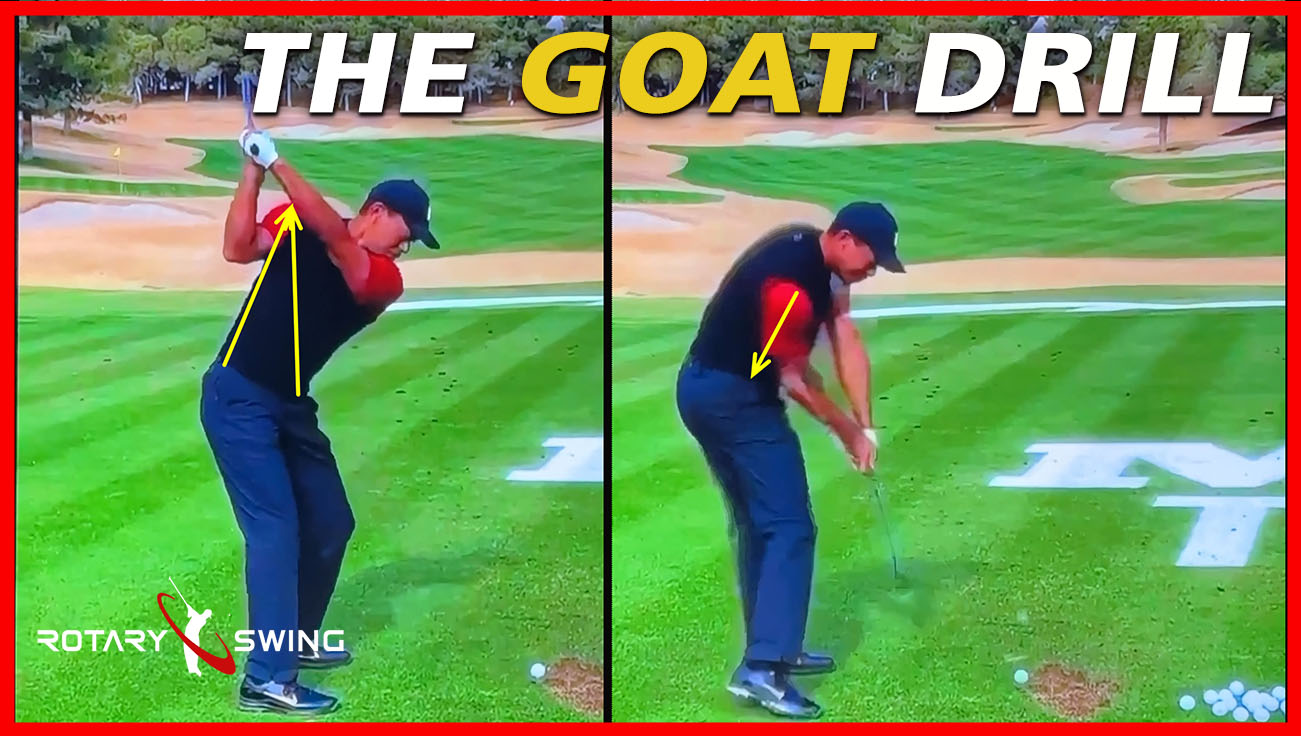
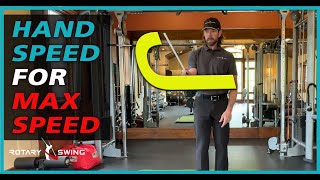
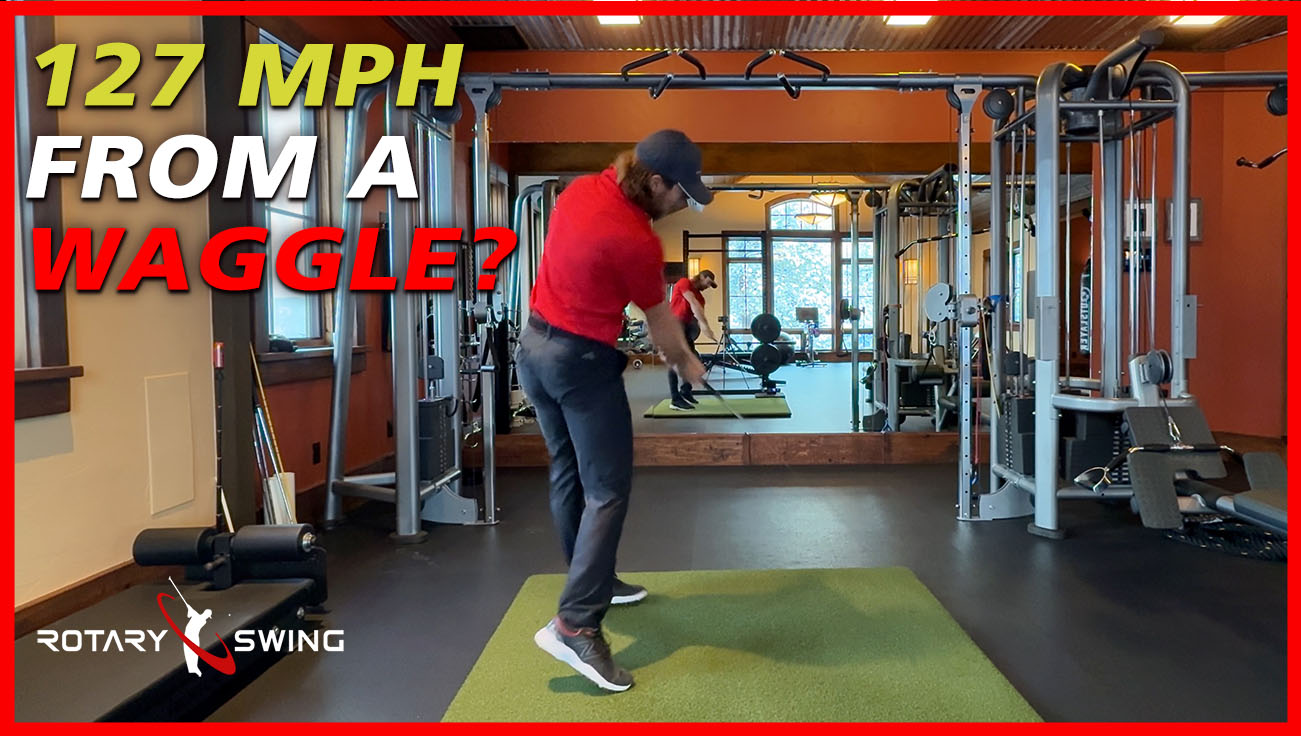
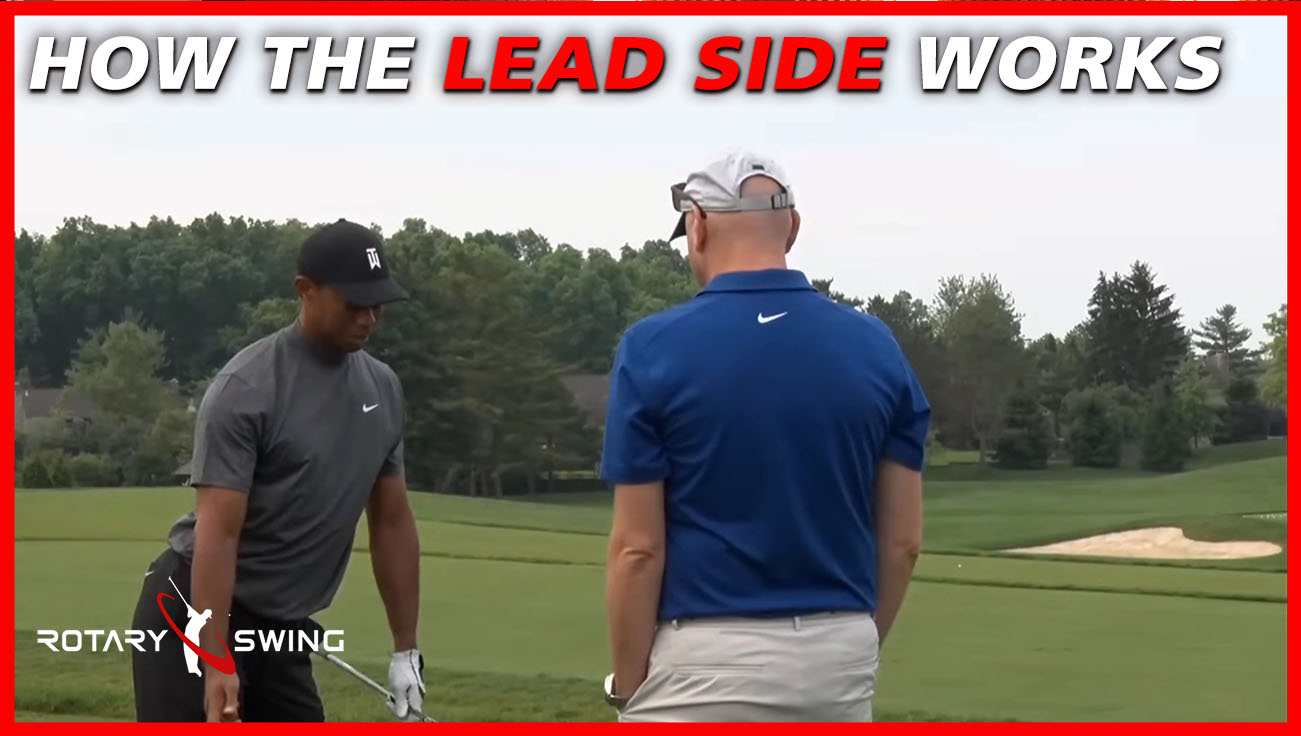
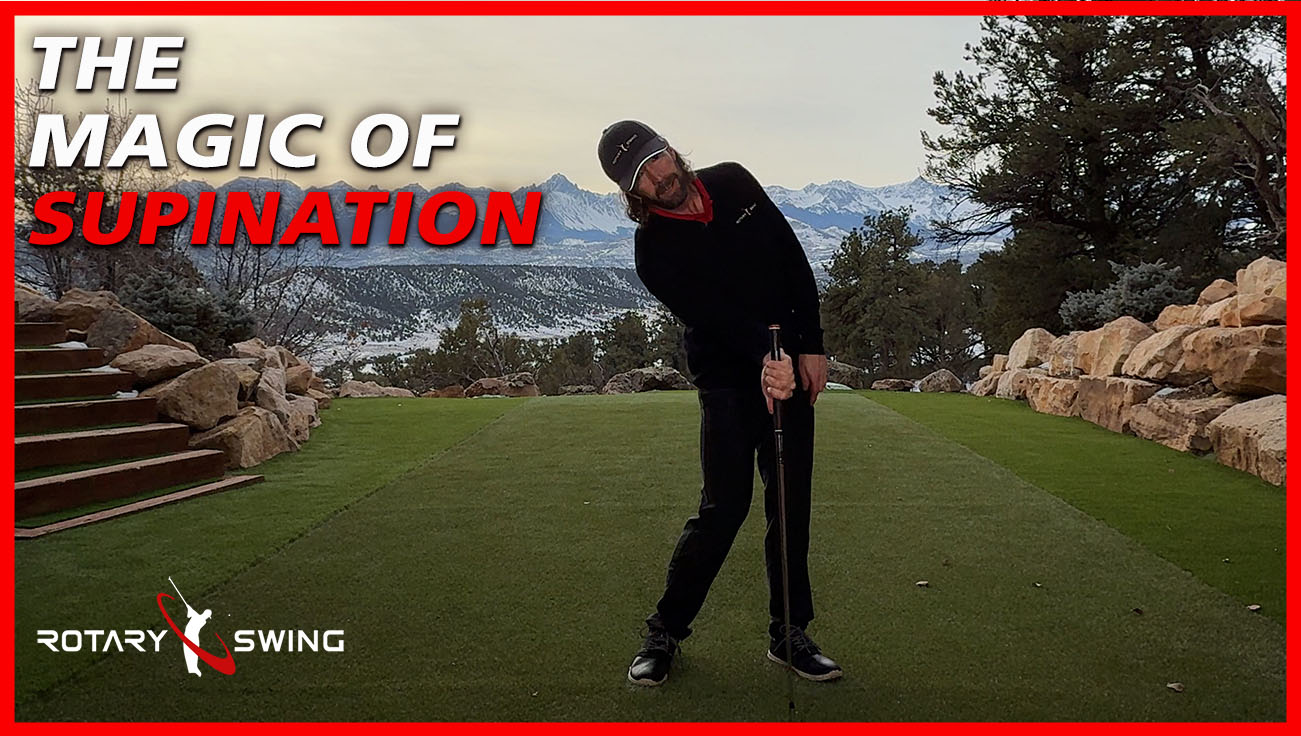
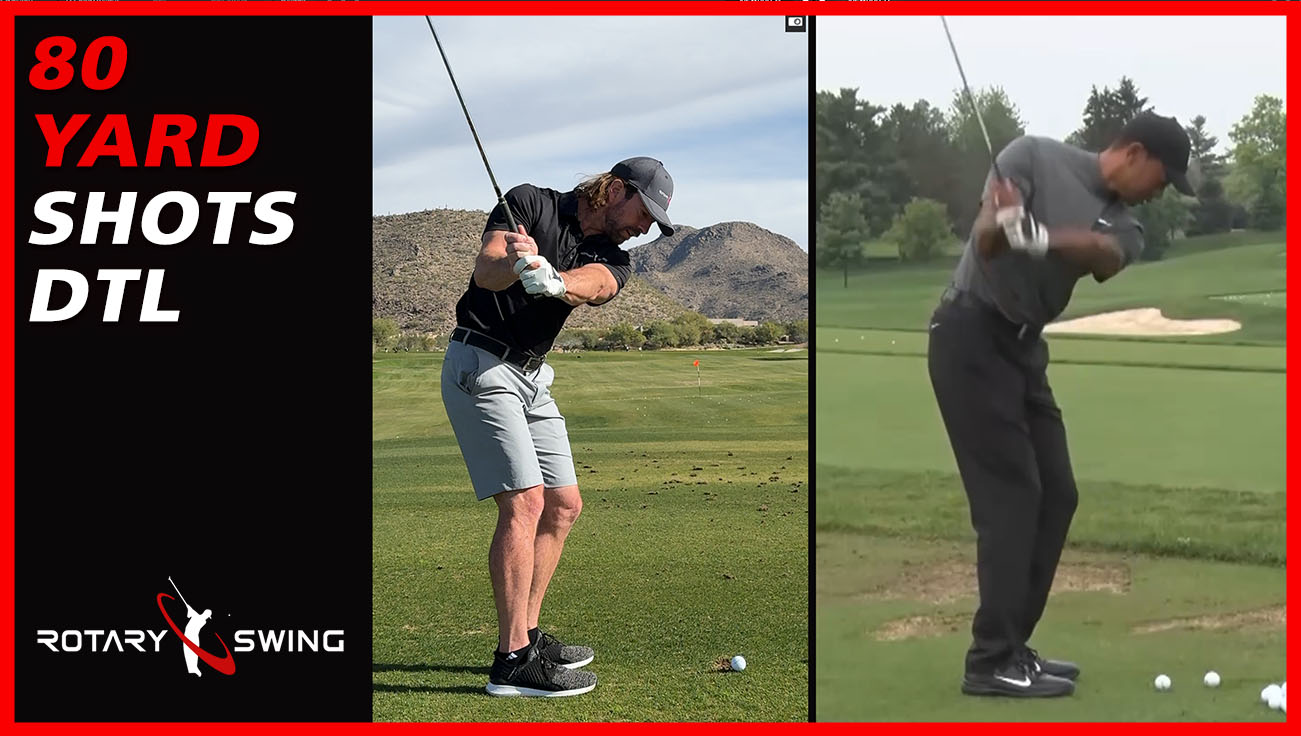
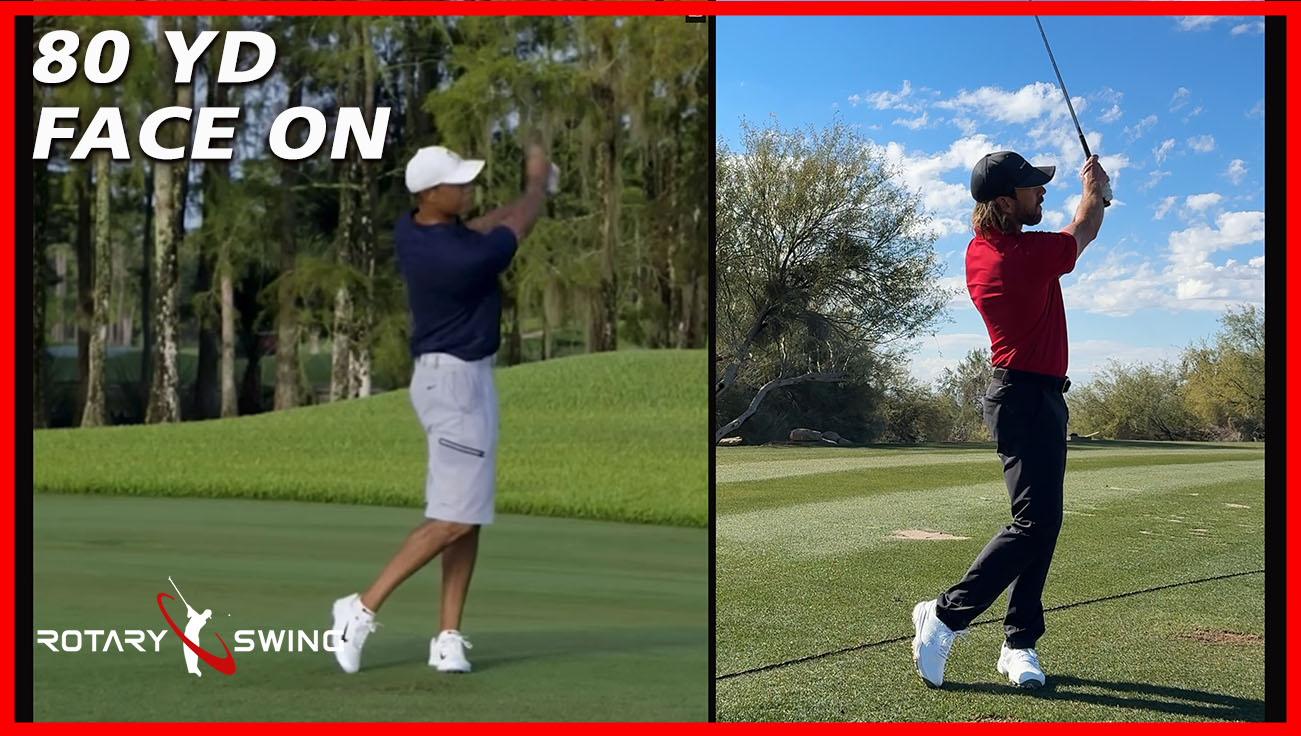
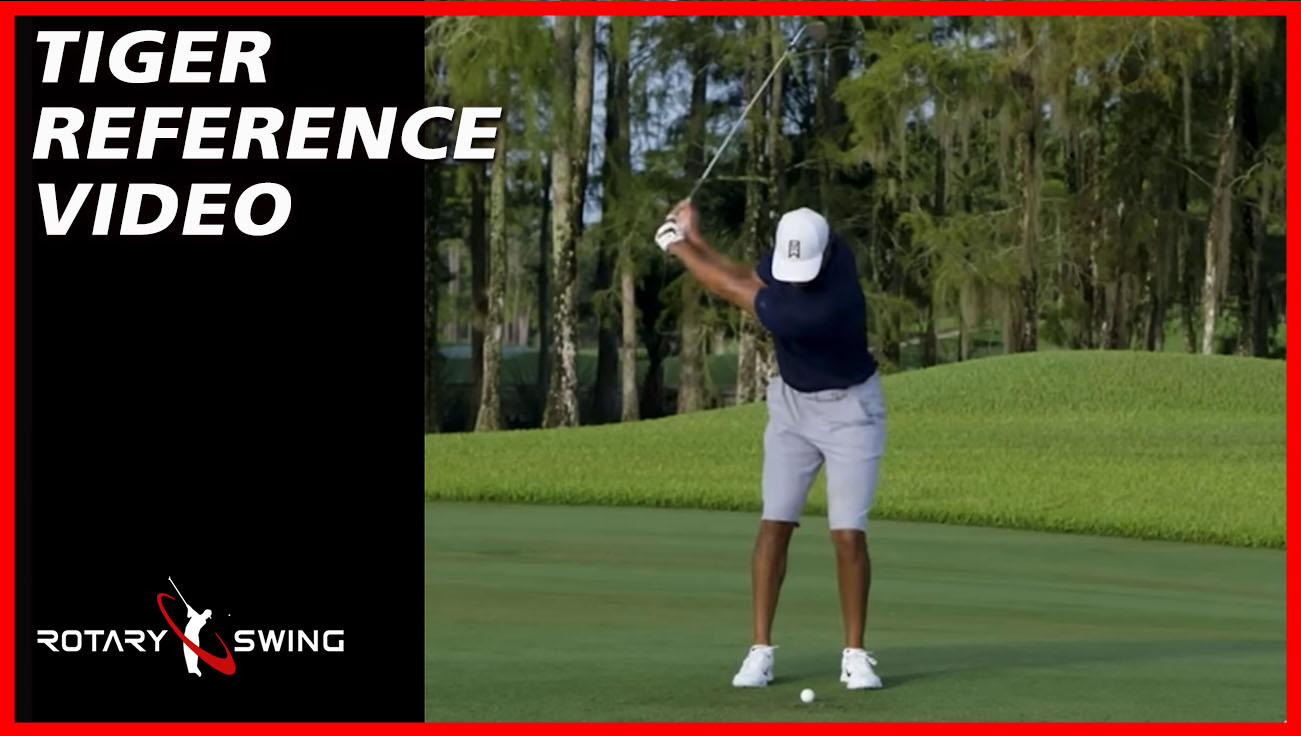
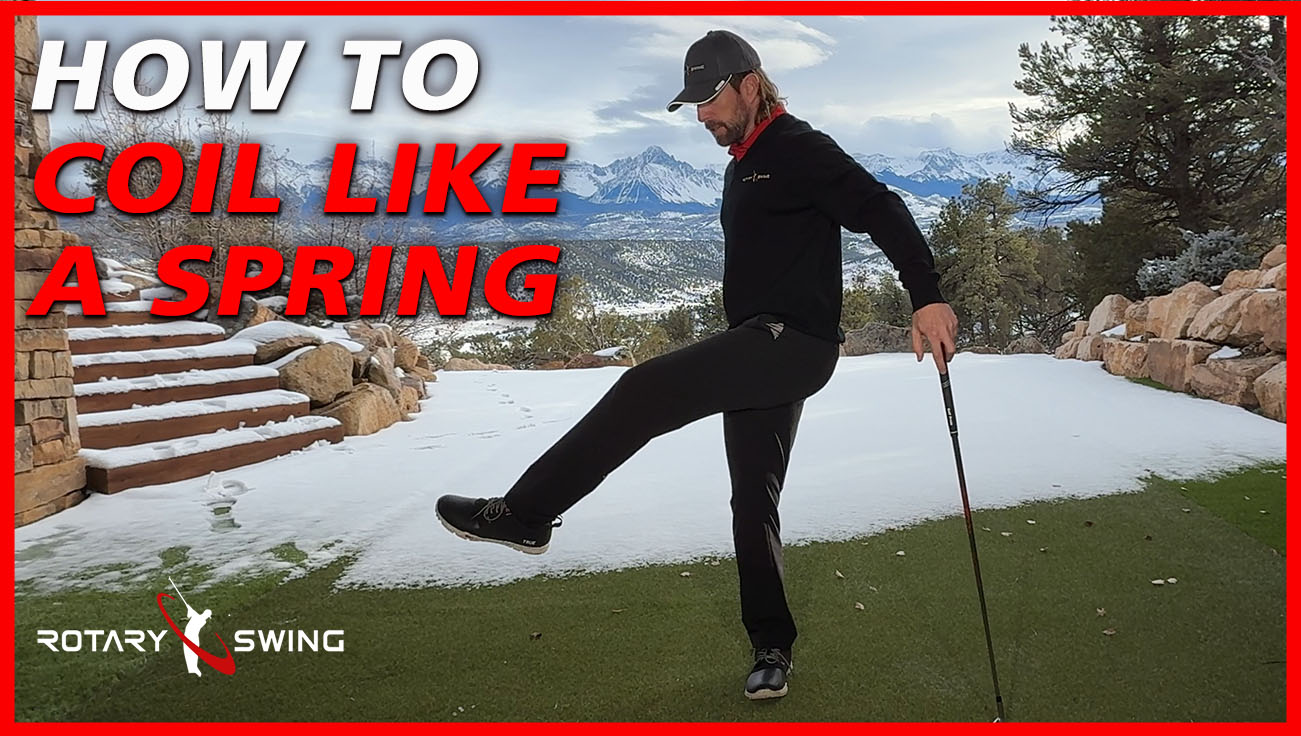
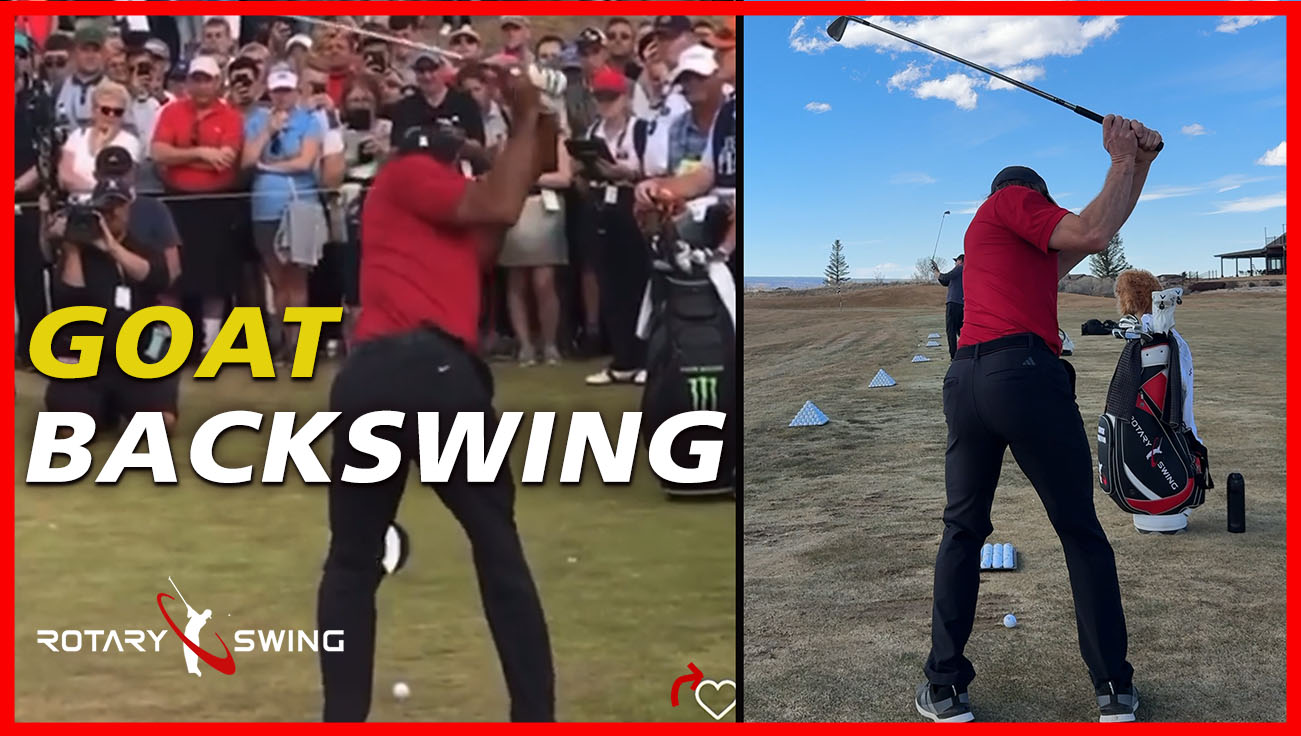
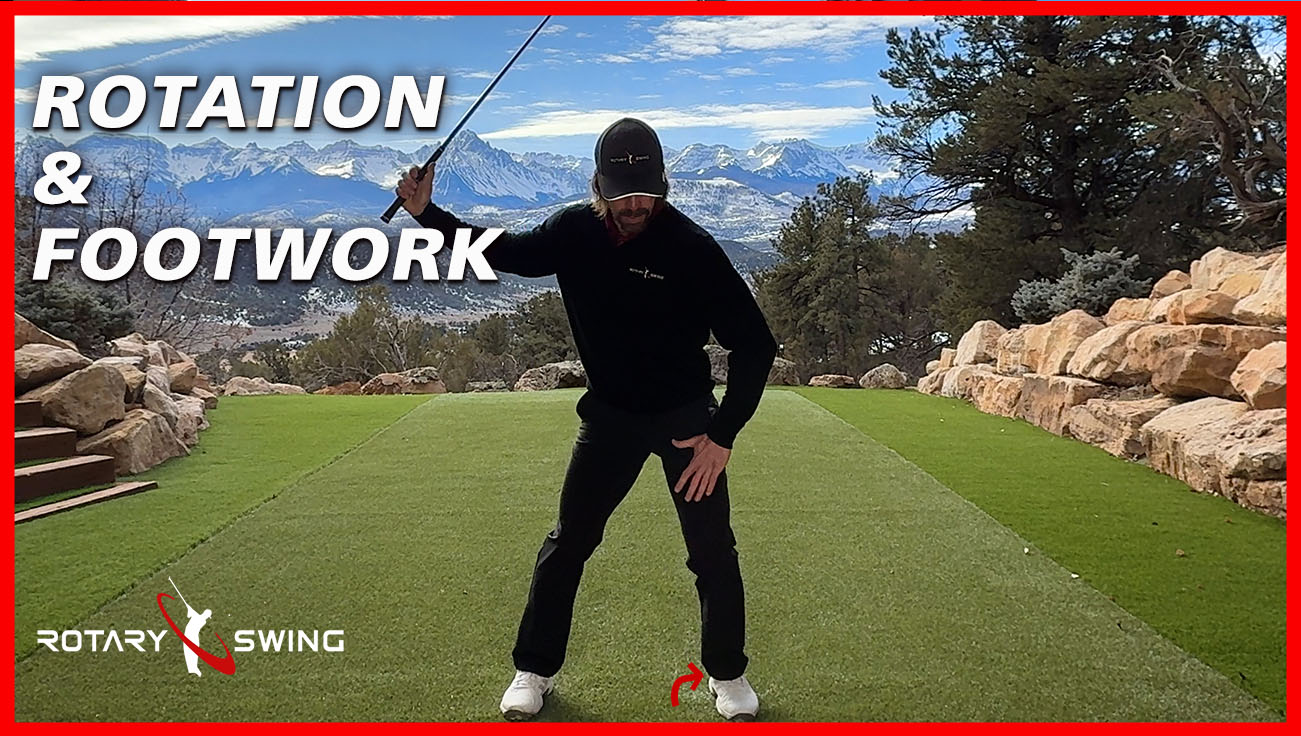
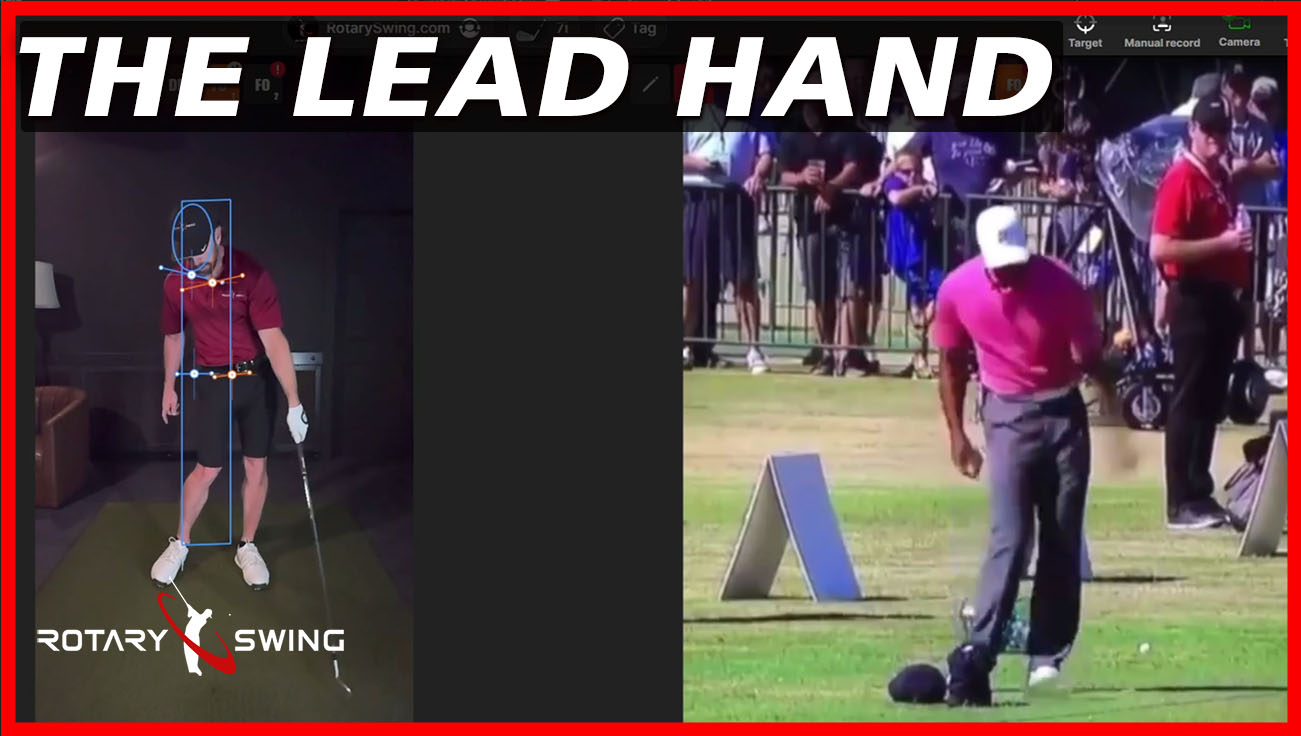
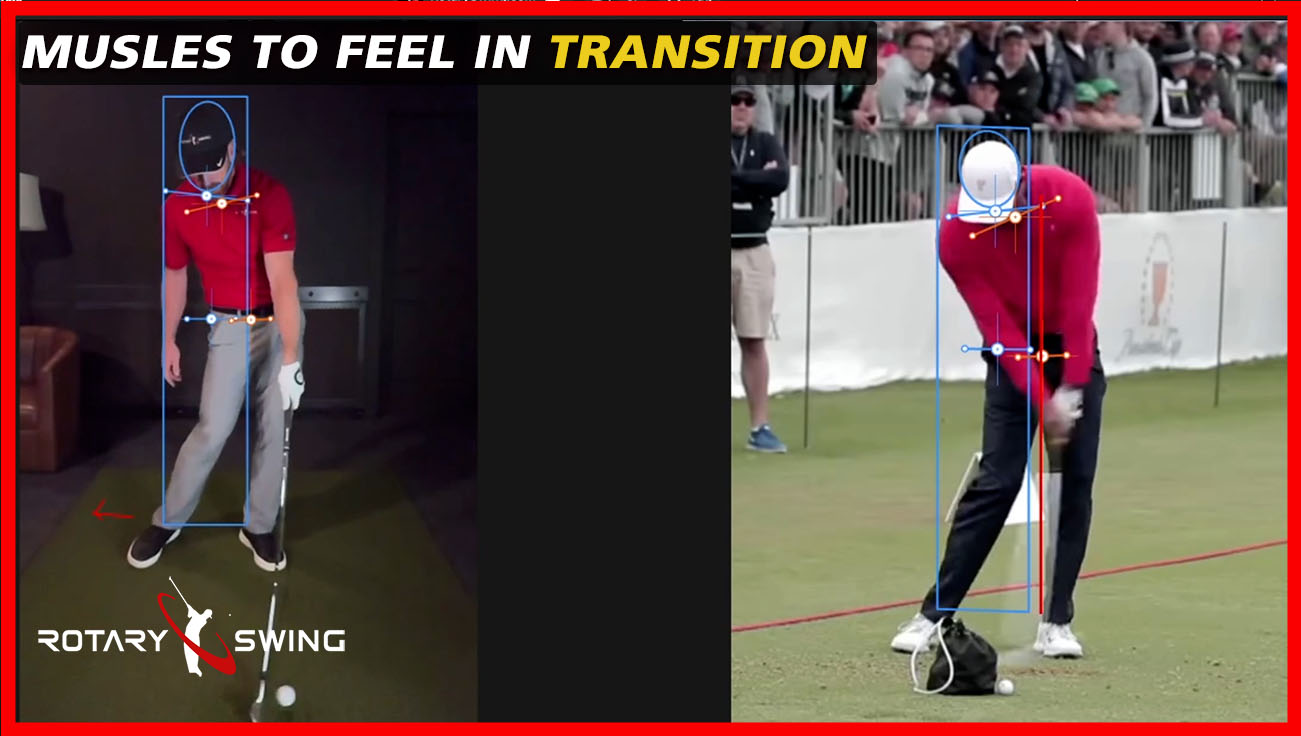
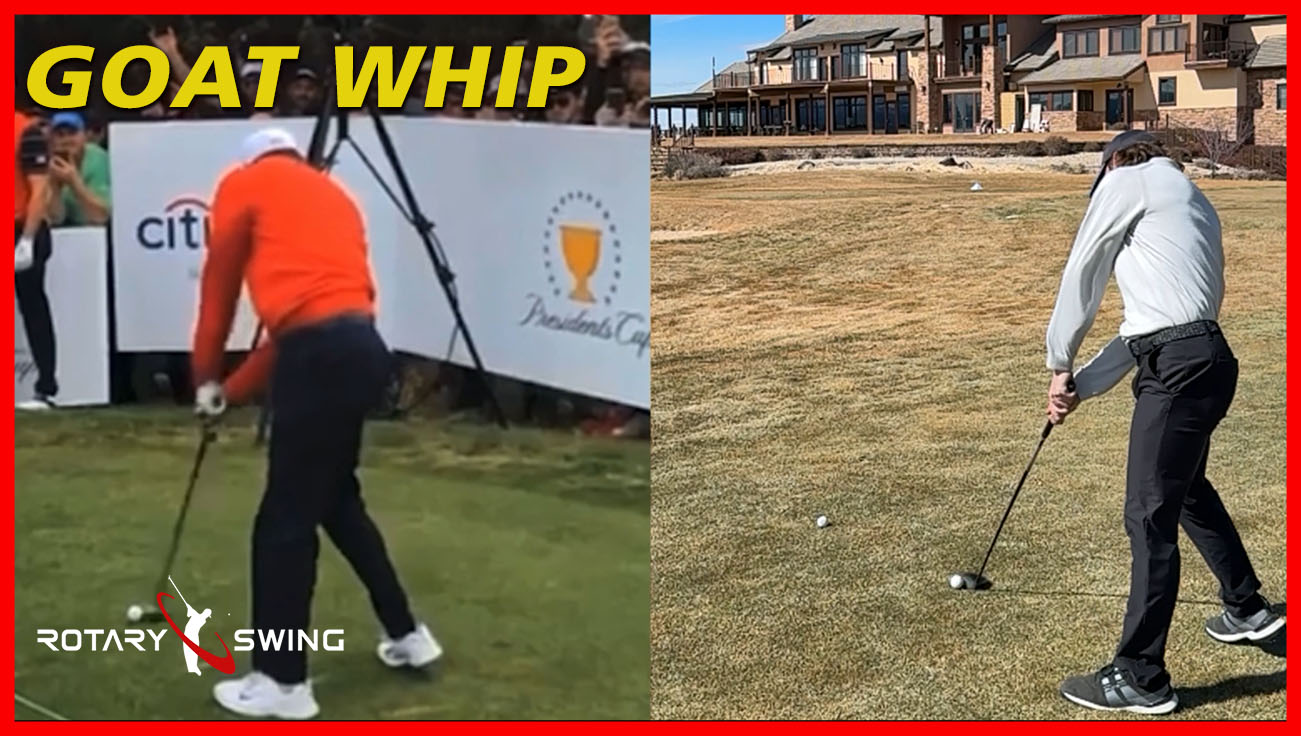
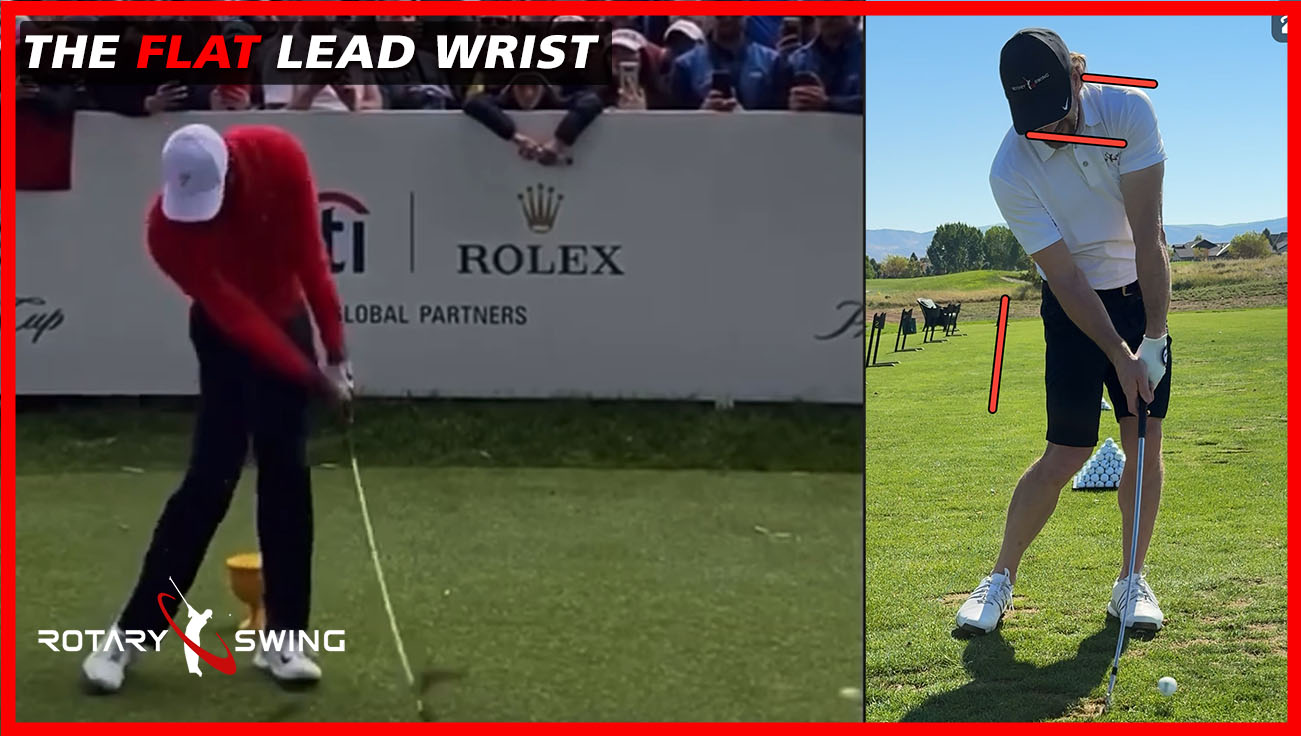
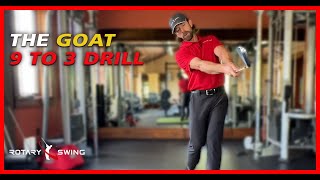
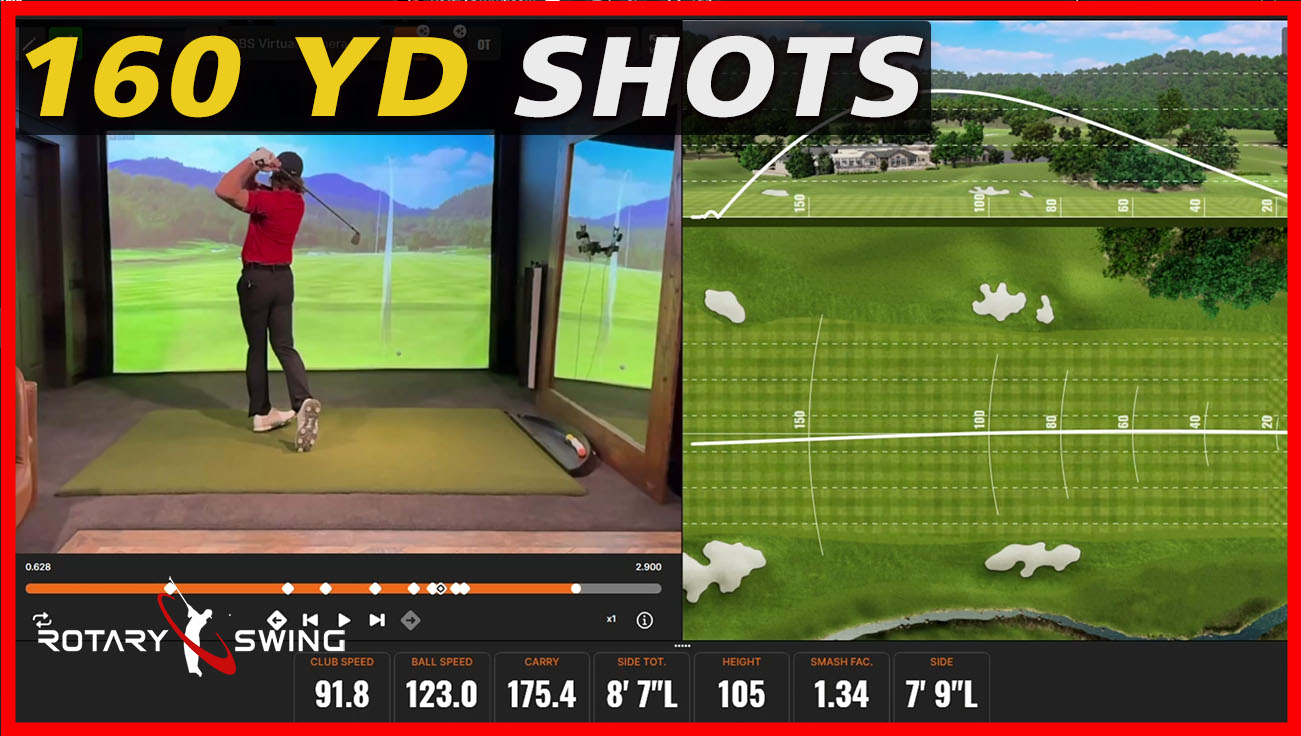
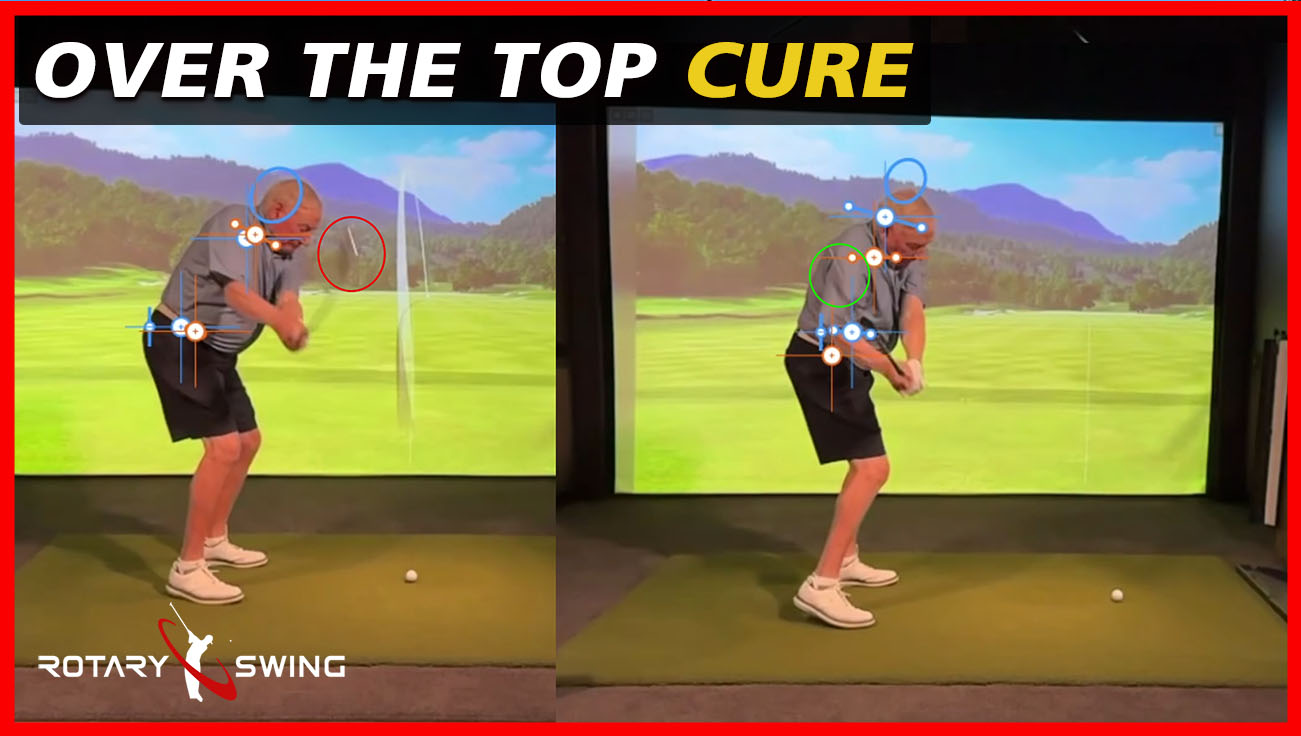

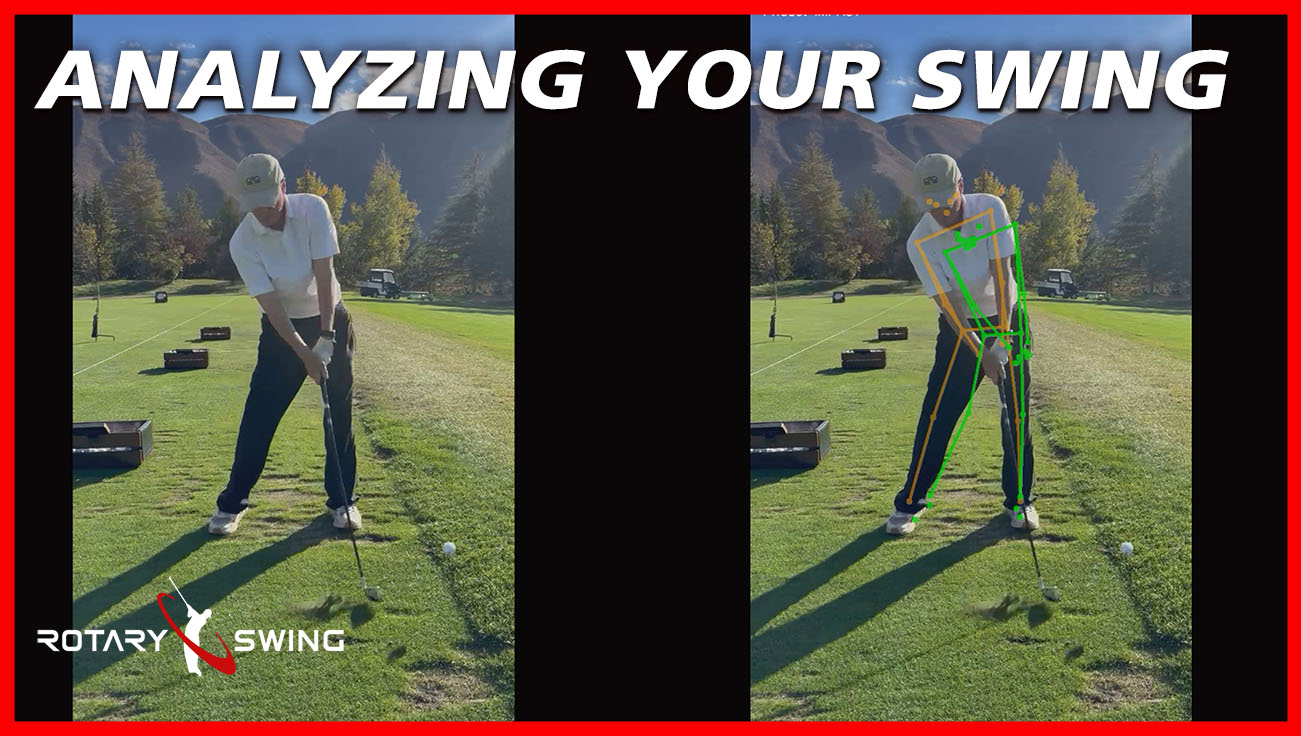
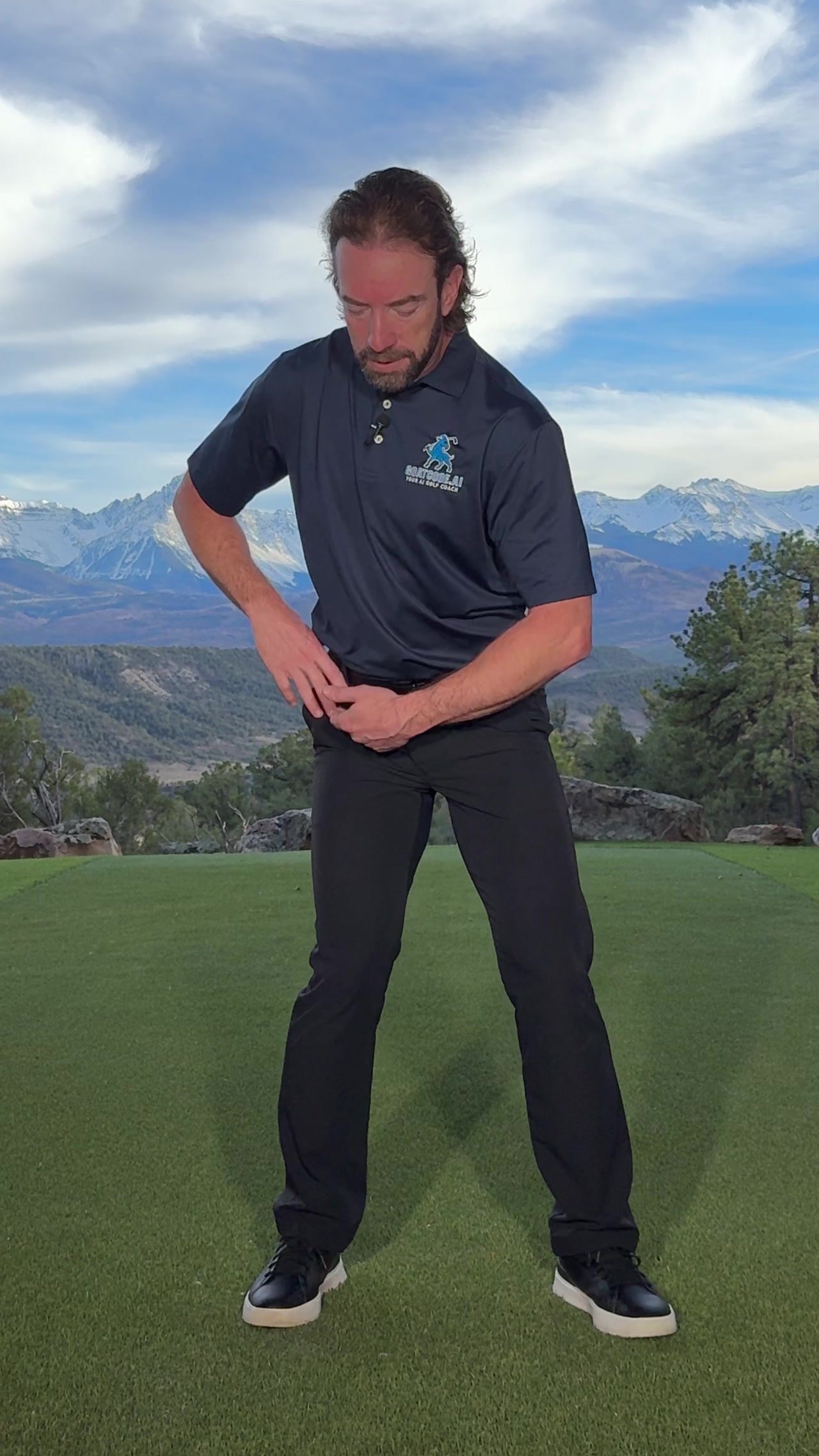
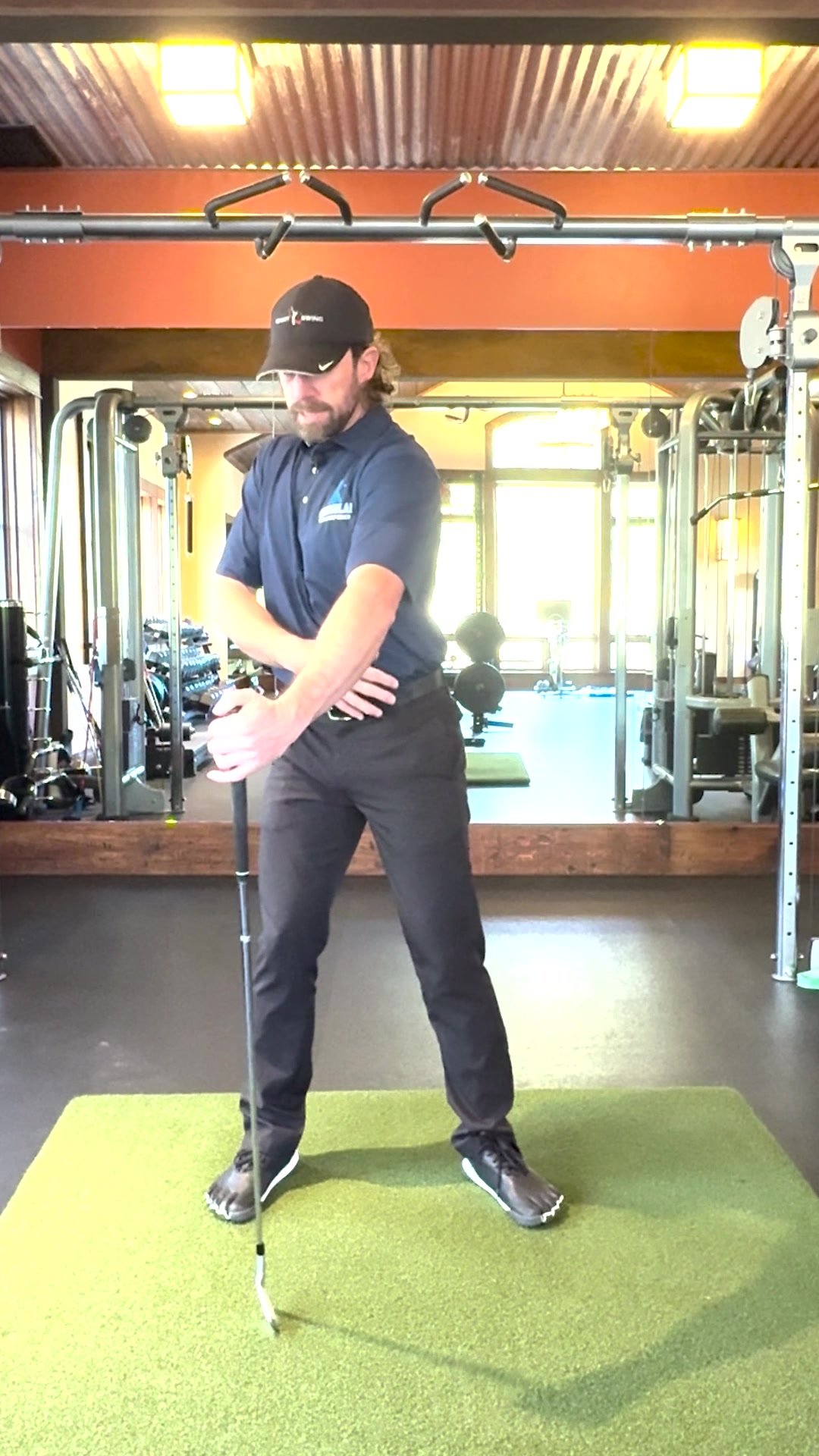

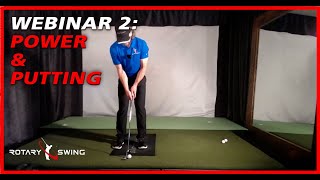
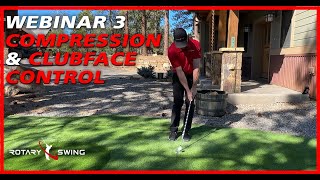
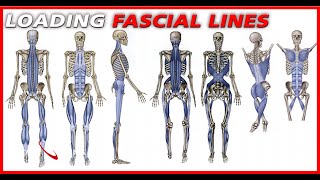
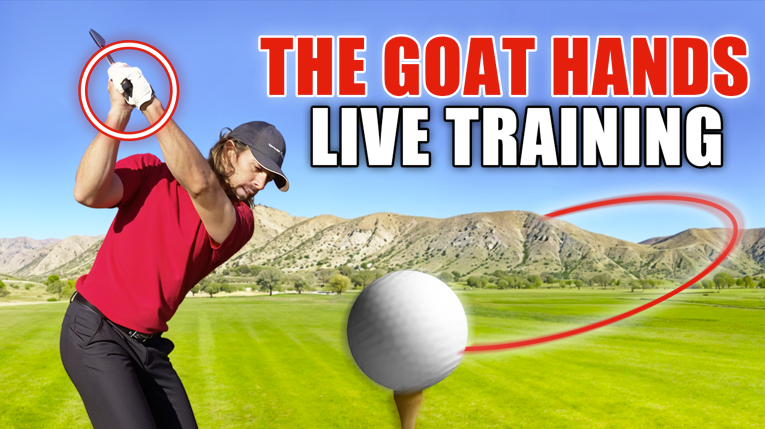

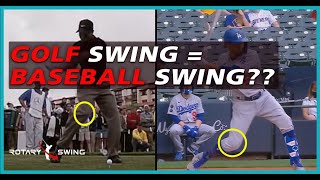
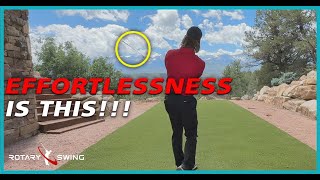
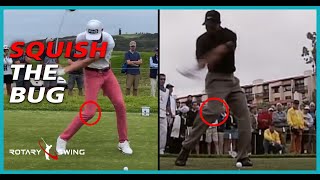
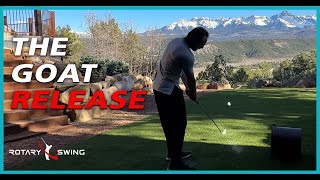
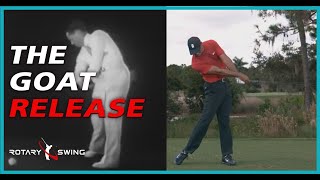
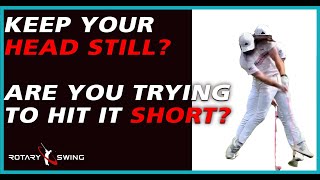
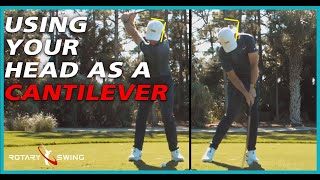
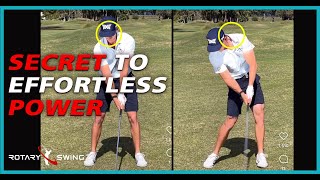
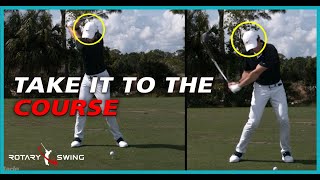

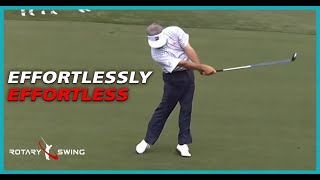
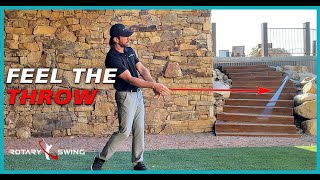
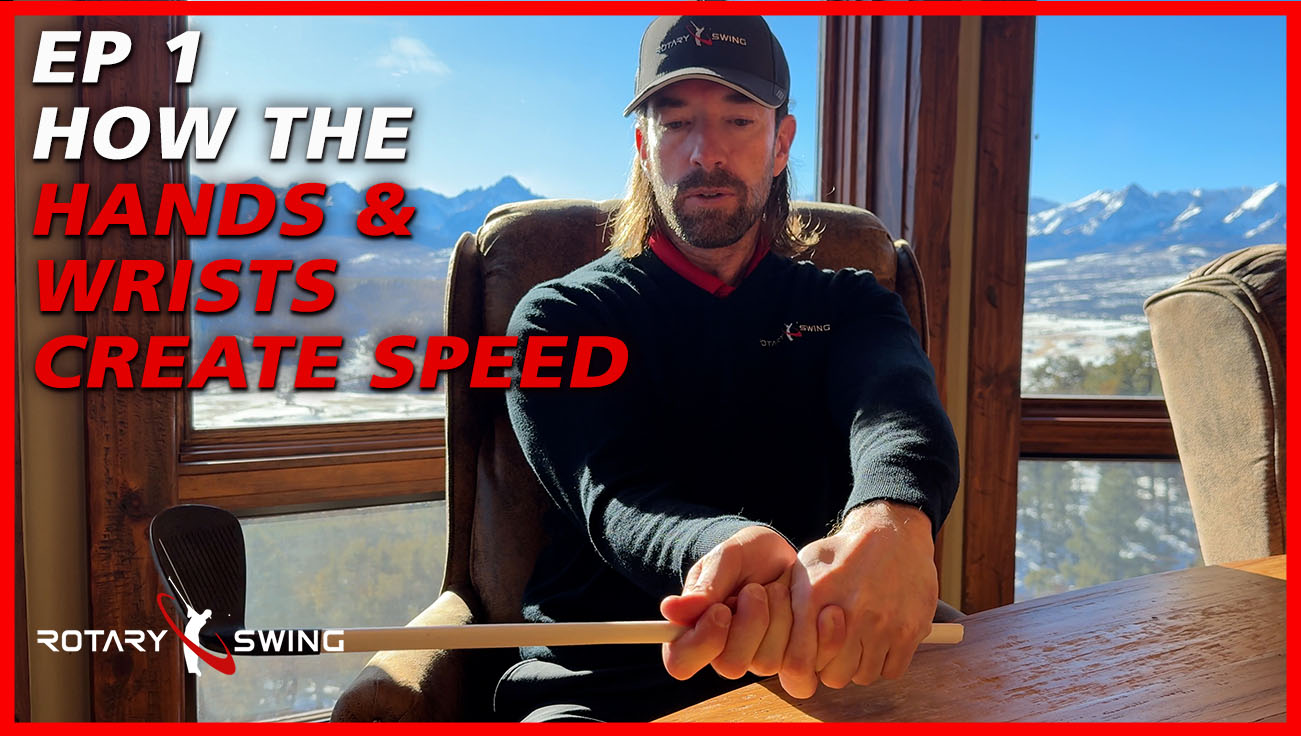

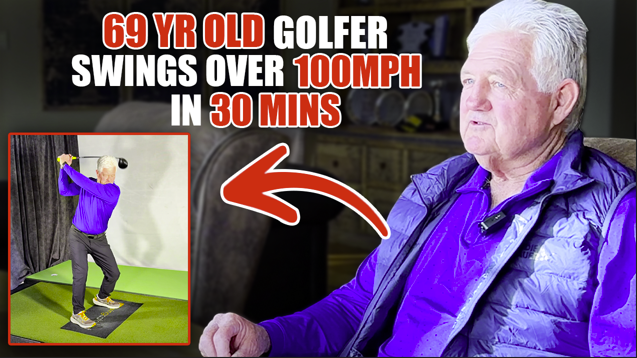
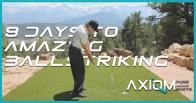
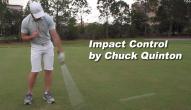
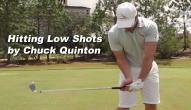

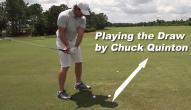
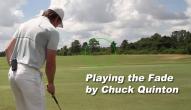
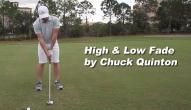
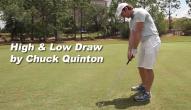



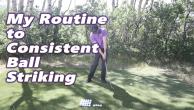
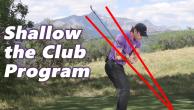
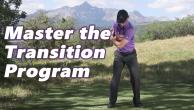
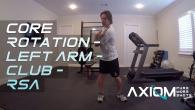
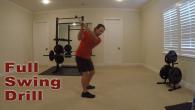
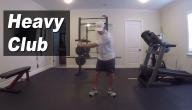
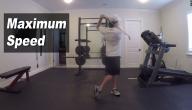
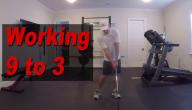
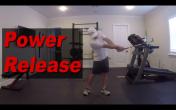
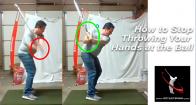
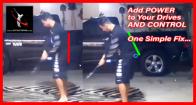
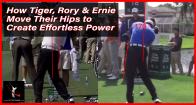
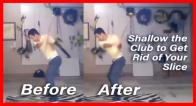

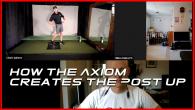
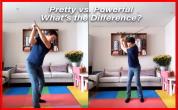
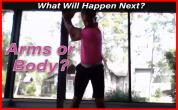
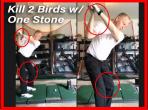
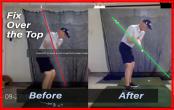
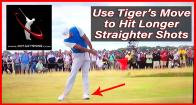

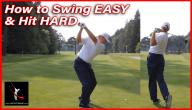
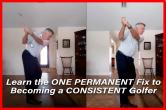
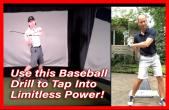
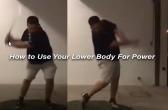
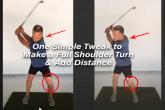
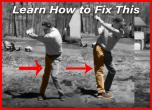
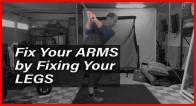
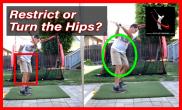
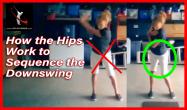
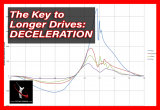
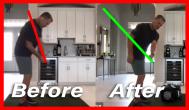
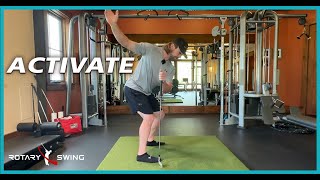
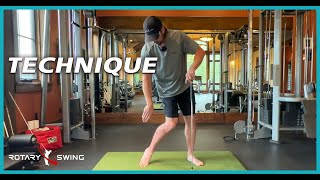

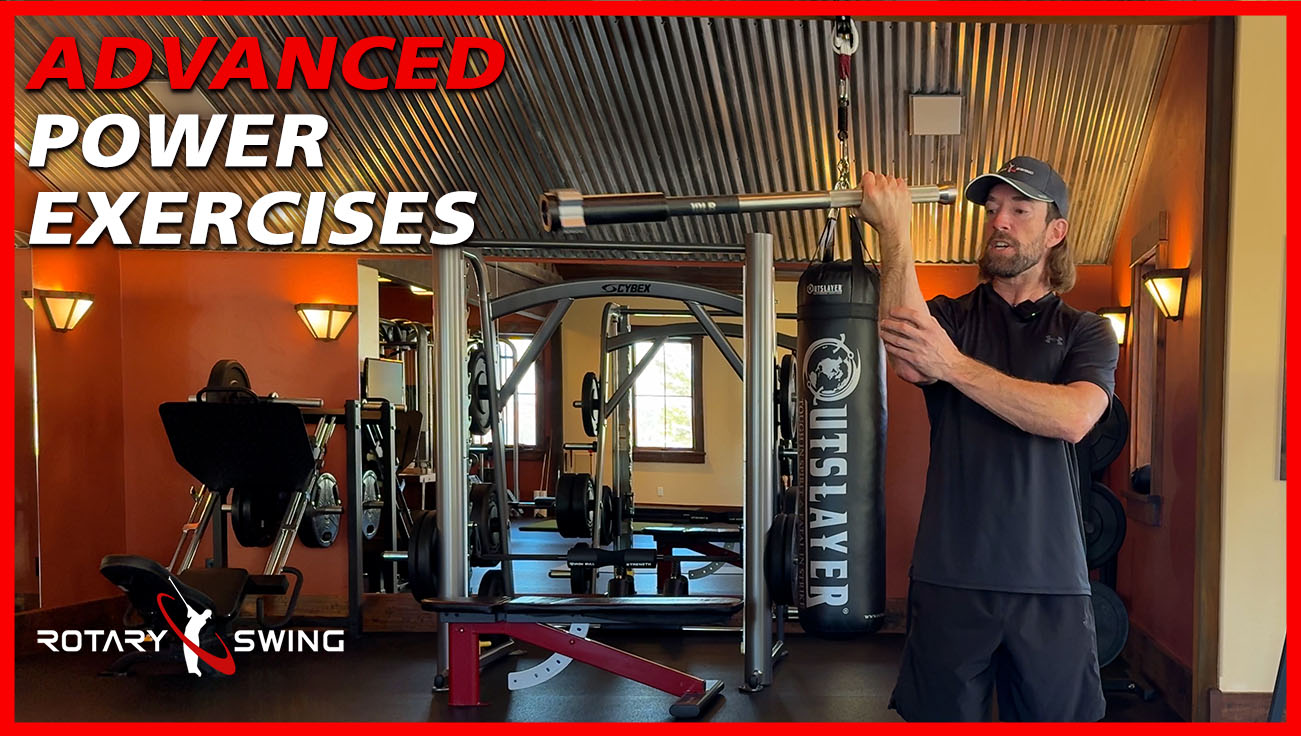
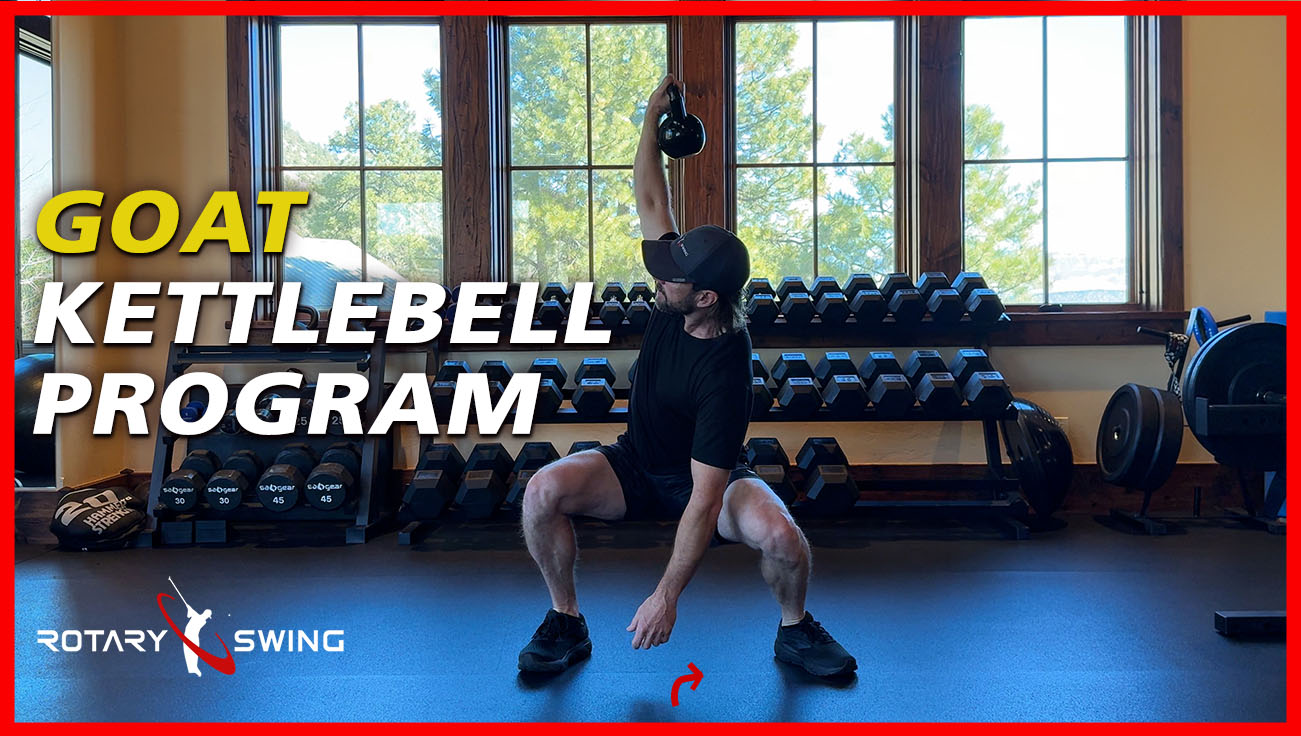

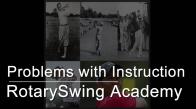
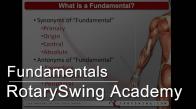

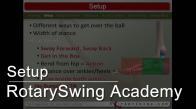




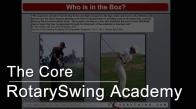
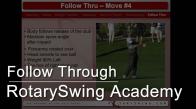

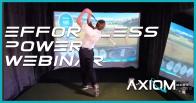

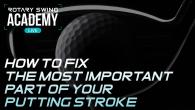
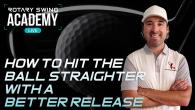
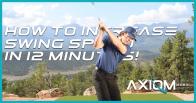
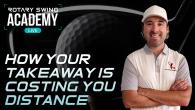
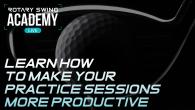
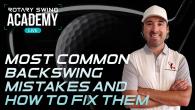
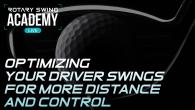
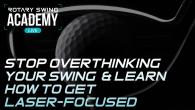
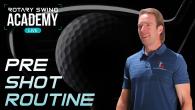


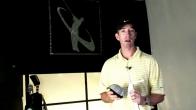
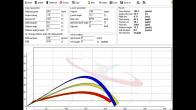
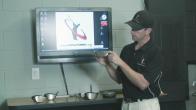
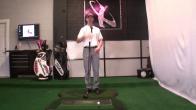
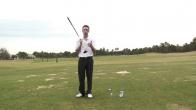
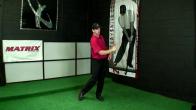
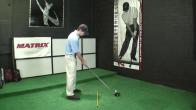
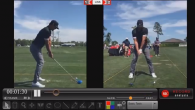
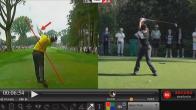
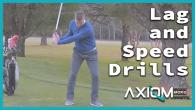
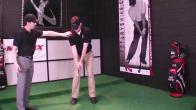
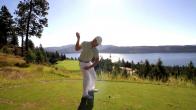
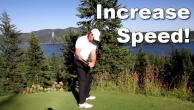
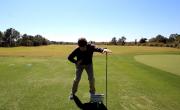
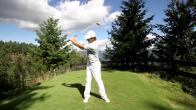
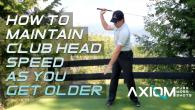
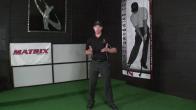
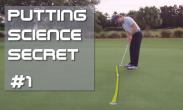
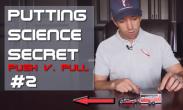
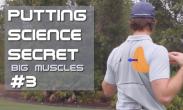
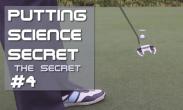
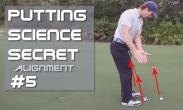
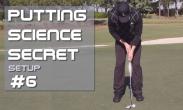
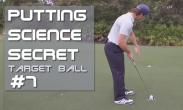
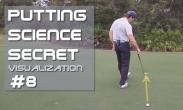
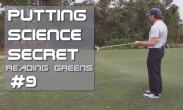
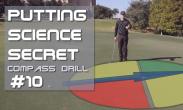
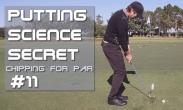
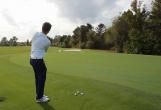

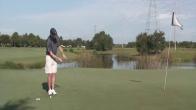
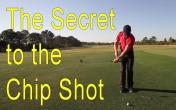
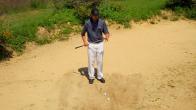
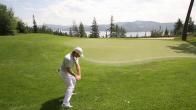
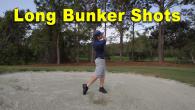

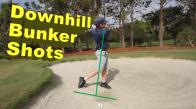
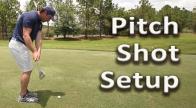
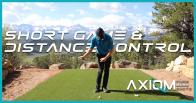
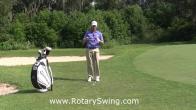
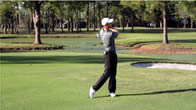
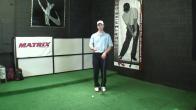
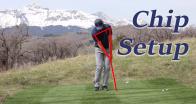

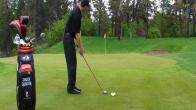
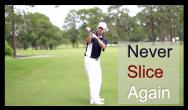
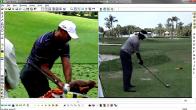
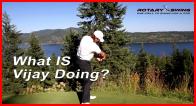
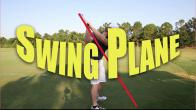
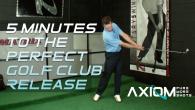
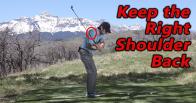
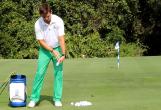
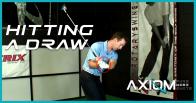





Eoin
Craig (Certified RST Instructor)
Eoin
Craig (Certified RST Instructor)
Matt
Craig (Certified RST Instructor)
charles
Craig (Certified RST Instructor)
Stefano
Craig (Certified RST Instructor)
Diane
Craig (Certified RST Instructor)
Michael
Lee
Chuck
Lee
Gary
Chuck
Gordon
Chuck
Larry
Chuck
Stanley
Chuck